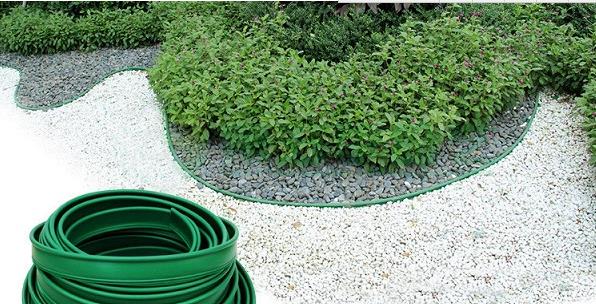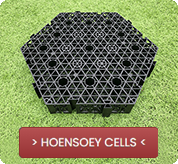About Garden Edging Greening Solution
Garden edging serves several purposes. For example, it not only contains soil from spilling over onto the turf of pathways, but also deters invasive grasses and weeds from growing into your plant beds, and last. But by no means least, it adds a finished touch of style to any garden.
There are a variety of different types of garden edging on the market now, but this article will help you find the one that suits your garden.
Pine garden edging
Lay down some pine sleepers or logs are one of the simplest forms of garden edging. These are ideal for long, straight garden beds. Although they can be cut into smaller lengths and staggered to fit around curves if necessary, but it does not look so good around curved beds. A slightly more sophisticated version of the same thing is purpose-made pine edging, sold in a roll and which can be manipulated to fit around curves as well as straight lines. Pine looks good in traditional and native gardens, blending in well with the colors.
Terracotta garden edging
This traditional option is harder to source nowadays – it’s usually easily broken and relatively expensive. However, if you own a period home it may be worth the expense and extra care to maintain a style in your garden that reflects your home.
Plastic garden edging
Plastic edging, usually made from plastic material, is easy to install and comes in a range of styles, some of which mimic other types of grass edging to a quite astonishing degree. Greening plastic edging is particularly effective, but like many other types of plastic edging, it is not particularly strong and can be easily damaged by enthusiastic mowing and whipper snipping. However, plastic edging for garden greening does not rot and if treated gently can last a long time.
Concrete garden edging
Pre-cast concrete garden edging comes in lengths of all shapes and sizes, including curves, so that it can be fitted around most shapes of garden bed – you can even buy two semi-circles to fit around a tree. It doesn’t have to be dull concrete grey either – different colors and finishes can make it quite attractive. The raised edge of concrete edging makes it useful where you want to contain water flow or make sure that soil or bark stays put.
Bricks, pavers and other stones
You can create an attractive and informal edge by laying a line of bush rock or stones along the edge of your garden bed, or for a sharper finish, use bricks. You can create a raised border, or dig them in, flush to the ground. It’s simple to do if you don’t concrete your rocks in place, but will need ongoing care as weeds will grow up between the stones. Setting your stones in concrete will give you a more permanent finish. There are lots of options – think about using tiles, sandstone, pavers, terracotta or even crazy paving!
Metal
Metal garden edging gives a clean edge that is particularly effective in modern gardens and looks as good with arrangements of decorative pebbles as it does with grass and plants. It’s easy to bend and reposition and so works well around curves and is ideal for more complex garden layouts. Make sure to use a rust-free option, such as stainless steel, rather than cheaper options that will only look good for a short time.
Although there are so many types of garden edging as we mentioned above, plastic edging for garden greening is the best solution since it is environmental friendly and cost competitive. For the best landscape and building supplies visit www.greening-solution.com.





